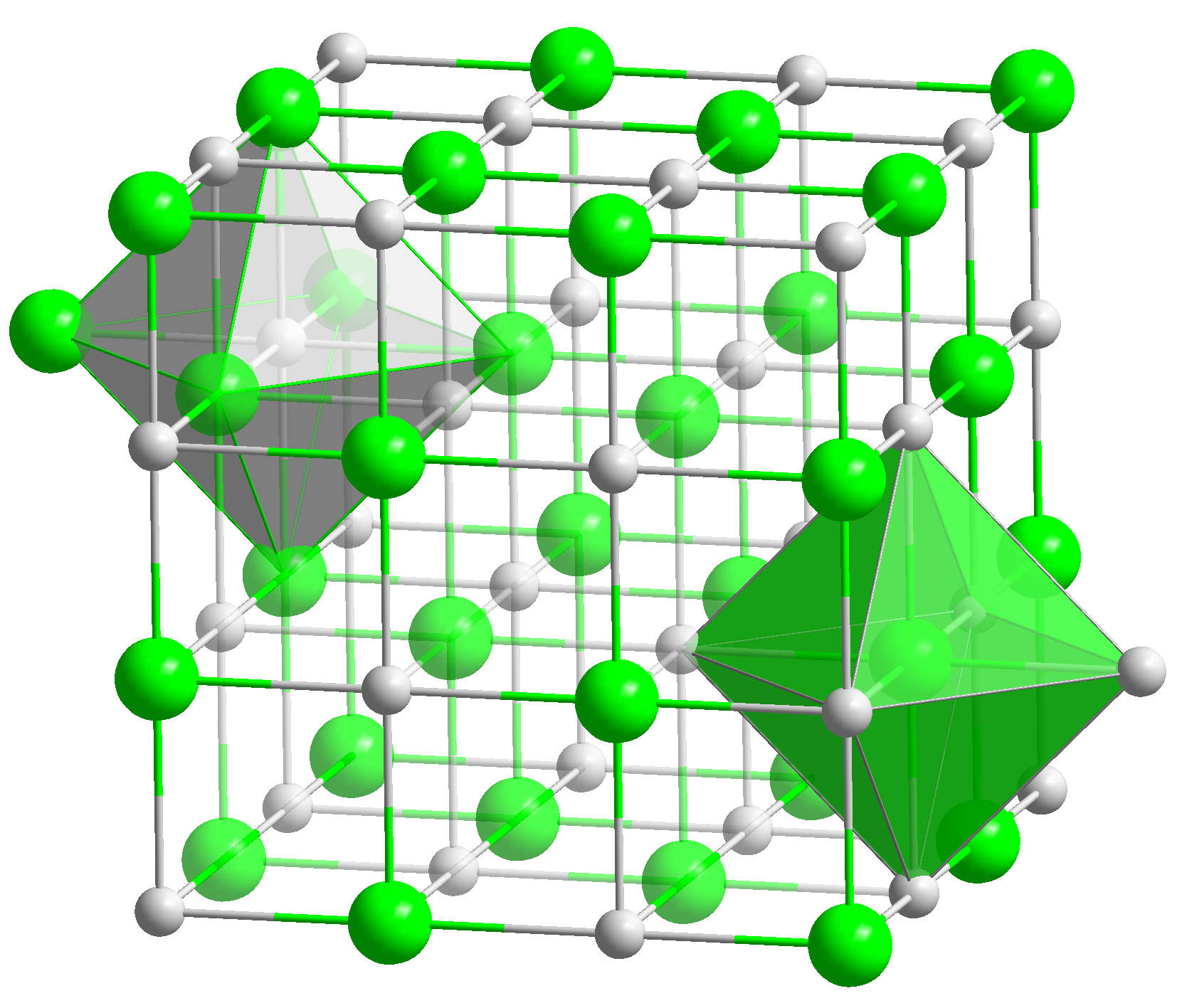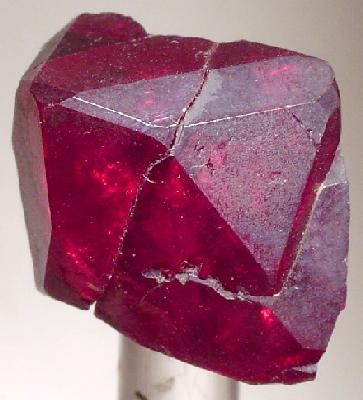|
Copper Oxide (other)
Copper oxide is any of several binary compounds composed of the elements copper and oxygen. Two oxides are well known, Cu2O and CuO, corresponding to the minerals cuprite and tenorite, respectively. Paramelaconite () is less well characterized. Copper oxide may refer to: * Copper(I) oxide (cuprous oxide, ) * Copper(II) oxide (cupric oxide, CuO) * Copper peroxide (), a hypothetical compound * Paramelaconite (copper(I,II) oxide, ) * Copper(III) oxide () does not exist although Cu(III) is a component of cuprate superconductor Cuprate superconductors are a family of High-temperature superconductivity, high-temperature superconducting materials made of layers of copper oxides () alternating with layers of other metal oxides, which act as charge reservoirs. At ambient p ...s * Copper(IV) oxide () has been proposed to exist in the gas phase References {{Authority control Copper compounds ... [...More Info...] [...Related Items...] OR: [Wikipedia] [Google] [Baidu] |
Binary Compound
In materials chemistry, a binary phase or binary compound is a chemical compound containing two different elements. Some binary phase compounds are molecular, e.g. carbon tetrachloride (CCl4). More typically binary phase refers to extended solids. Famous examples zinc sulfide Zinc sulfide (or zinc sulphide) is an inorganic compound with the chemical formula of ZnS. This is the main form of zinc found in nature, where it mainly occurs as the mineral sphalerite. Although this mineral is usually black because of various i ..., which contains zinc and sulfur, and tungsten carbide, which contains tungsten and carbon. Phases with higher degrees of complexity feature more elements, e.g. three elements in ternary phases, four elements in quaternary phases. These phases exhibit a higher degree of complexity due to the interaction of these elements at different conditions. References Chemical compounds {{chem-compound-stub ... [...More Info...] [...Related Items...] OR: [Wikipedia] [Google] [Baidu] |
Copper
Copper is a chemical element; it has symbol Cu (from Latin ) and atomic number 29. It is a soft, malleable, and ductile metal with very high thermal and electrical conductivity. A freshly exposed surface of pure copper has a pinkish-orange color. Copper is used as a conductor of heat and electricity, as a building material, and as a constituent of various metal alloys, such as sterling silver used in jewelry, cupronickel used to make marine hardware and coins, and constantan used in strain gauges and thermocouples for temperature measurement. Copper is one of the few metals that can occur in nature in a directly usable, unalloyed metallic form. This means that copper is a native metal. This led to very early human use in several regions, from . Thousands of years later, it was the first metal to be smelted from sulfide ores, ; the first metal to be cast into a shape in a mold, ; and the first metal to be purposely alloyed with another metal, tin, to create bronze, ... [...More Info...] [...Related Items...] OR: [Wikipedia] [Google] [Baidu] |
Oxygen
Oxygen is a chemical element; it has chemical symbol, symbol O and atomic number 8. It is a member of the chalcogen group (periodic table), group in the periodic table, a highly reactivity (chemistry), reactive nonmetal (chemistry), nonmetal, and a potent oxidizing agent that readily forms oxides with most elements as well as with other chemical compound, compounds. Oxygen is abundance of elements in Earth's crust, the most abundant element in Earth's crust, making up almost half of the Earth's crust in the form of various oxides such as water, carbon dioxide, iron oxides and silicates.Atkins, P.; Jones, L.; Laverman, L. (2016).''Chemical Principles'', 7th edition. Freeman. It is abundance of chemical elements, the third-most abundant element in the universe after hydrogen and helium. At standard temperature and pressure, two oxygen atoms will chemical bond, bind covalent bond, covalently to form dioxygen, a colorless and odorless diatomic gas with the chemical formula ... [...More Info...] [...Related Items...] OR: [Wikipedia] [Google] [Baidu] |
Cuprite
Cuprite is an oxide mineral composed of copper(I) oxide Cu2O, and is a minor ore of copper. Its dark crystals with red internal reflections are in the isometric system hexoctahedral class, appearing as cubic, octahedral, or dodecahedral forms, or in combinations. Penetration twins frequently occur. In spite of its nice color, it is rarely used for jewelry because of its low Mohs hardness of 3.5 to 4. It has a relatively high specific gravity of 6.1, imperfect cleavage and is brittle to conchoidal fracture. The luster is sub-metallic to brilliant adamantine. The "chalcotrichite" (from variety typically shows greatly elongated (parallel to 01 capillary or needle like crystals forms. It is a secondary mineral which forms in the oxidized zone of copper sulfide deposits. It frequently occurs in association with native copper, azurite, chrysocolla, malachite, tenorite and a variety of iron oxide minerals.Hurlbut, Cornelius S.; Klein, Cornelis, 1985, ''Manual of Mineralogy,'' 20t ... [...More Info...] [...Related Items...] OR: [Wikipedia] [Google] [Baidu] |
Tenorite
Tenorite, sometimes also called Black Copper, is a copper oxide mineral with the chemical formula CuO. The chemical name is Copper(II) oxide or cupric oxide. Occurrence Tenorite occurs in the weathered or oxidized zone associated with deeper primary copper sulfide orebodies. Tenorite commonly occurs with chrysocolla and the copper carbonates, azurite and malachite. The dull grey-black color of tenorite contrasts sharply with the often intergrown blue chrysocolla. Cuprite, native copper and Fe– Mn oxides also occur in this environment. In addition to the hydrothermal, tenorite also occurs as a volcanic sublimate from Vesuvius, Campania, and Etna, Sicily, Italy. As a sublimate it occurs with copper chlorides, alkali chlorides and cotunnite. The Vesuvian sublimate occurrence was originally named ''melaconise'' or ''melaconite'' by F. S. Beudant in 1832.Chisholm, Hugh, ed. (1911). Encyclopædia Britannica (11th ed.). Cambridge University Press Tenorite was named in 1 ... [...More Info...] [...Related Items...] OR: [Wikipedia] [Google] [Baidu] |
Paramelaconite
Paramelaconite is a rare, black-colored copper(I,II) oxide mineral with formula CuCuO3 (or Cu4O3). It was discovered in the Copper Queen Mine in Bisbee, Arizona, about 1890. It was described in 1892 and more fully in 1941. Its name is derived from the Greek word for "near" and the similar mineral melaconite, now known as tenorite. Description and occurrence Paramelaconite is black to black with a slight purple tint in color, and is white with a pinkish brown tint in reflected light. The mineral occurs with massive habit or as crystals up to . A yellow color is formed when the mineral is dissolved in hydrochloric acid, a blue color when dissolved in nitric acid, and a slightly brown precipitate when exposed to ammonium hydroxide. When heated, paramelaconite breaks down into a mixture of tenorite and cuprite. Paramelaconite is a very rare mineral; many specimens purported as such are in fact mixtures of cuprite and tenorite. Paramelaconite forms as a secondary mineral in hydrot ... [...More Info...] [...Related Items...] OR: [Wikipedia] [Google] [Baidu] |
Copper(I) Oxide
Copper(I) oxide or cuprous oxide is the inorganic compound with the formula . It is one of the principal oxides of copper, the other being copper(II) oxide or cupric oxide (CuO). The compound can appear either yellow or red, depending on the size of the particles. Cuprous oxide is found as the mineral cuprite. It is a component of some antifouling paints, and has other applications including some that exploit its property as a semiconductor. Preparation Copper(I) oxide may be produced by several methods. Most straightforwardly, it arises via the oxidation of copper metal: : Additives such as water and acids affect the rate as well as the further oxidation to copper(II) oxides. It is also produced commercially by reduction of copper(II) solutions with sulfur dioxide. Alternatively, it may be prepared via the reduction of copper(II) acetate with hydrazine: : Copper(I) chloride solutions react with base to give the same material. In all cases, the color of the cuprous oxide i ... [...More Info...] [...Related Items...] OR: [Wikipedia] [Google] [Baidu] |
Copper(II) Oxide
Copper(II) oxide or cupric oxide is an inorganic compound with the formula CuO. A black solid, it is one of the two stable oxides of copper, the other being Cu2O or copper(I) oxide (cuprous oxide). As a mineral, it is known as tenorite, or sometimes black copper. It is a product of copper mining and the precursor to many other copper-containing products and chemical compounds. Production It is produced on a large scale by pyrometallurgy, as one stage in extracting copper from its ores. The ores are treated with an aqueous mixture of ammonium carbonate, ammonia, and oxygen to ultimately give copper(II) ammine complex carbonates, such as . After extraction from the residues and after separation from iron, lead, etc. impurities, the carbonate salt is decomposed with steam to give CuO. It can be formed by heating copper in air at around 300–800 °C: : For laboratory uses, copper(II) oxide is conveniently prepared by pyrolysis of copper(II) nitrate or basic copper(I ... [...More Info...] [...Related Items...] OR: [Wikipedia] [Google] [Baidu] |
Copper Peroxide
Copper peroxide is a hypothetical inorganic compound with the chemical formula . The 1:2 ratio of copper and oxygen would be consistent with copper in its common +2 oxidation state and a peroxide group. Although samples of this composition have not been isolated, has attracted interest from computational perspective. One highly cited analysis concludes that gaseous is a superoxide, with copper in a +1 oxidation state: . History Species claimed to be "copper peroxide" have been claimed, e.g., by the reaction of cold solutions of Schweizer's reagent—a source of copper(II)—and hydrogen peroxide. The Schweizer's reagent used must not contain excess ammonia. It was once claimed to result from the very slow reaction of finely divided cupric oxide with cold hydrogen peroxide. Several molecular copper peroxide complexes have been reported, but these species always feature supporting organic ligand In coordination chemistry, a ligand is an ion or molecule with a functional gr ... [...More Info...] [...Related Items...] OR: [Wikipedia] [Google] [Baidu] |
Cuprate Superconductor
Cuprate superconductors are a family of High-temperature superconductivity, high-temperature superconducting materials made of layers of copper oxides () alternating with layers of other metal oxides, which act as charge reservoirs. At ambient pressure, cuprate superconductors are the highest temperature superconductors known. Cuprates have a structure close to that of a two-dimensional material. Their superconducting properties are determined by electrons moving within weakly coupled copper-oxide () layers. Neighbouring layers contain ions such as lanthanum, barium, strontium, or other atoms that act to stabilize the structures and dope electrons or holes onto the copper-oxide layers. The undoped "parent" or "mother" compounds are Mott insulator, Mott insulators with long-range antiferromagnetic order at sufficiently low temperatures. Single Electronic band structure, band models are generally considered to be enough to describe the electronic properties. The cuprate supercon ... [...More Info...] [...Related Items...] OR: [Wikipedia] [Google] [Baidu] |
Copper(IV) Oxide
Copper is a chemical element; it has Chemical symbol, symbol Cu (from Latin ) and atomic number 29. It is a soft, malleable, and ductility, ductile metal with very high thermal conductivity, thermal and electrical conductivity. A freshly exposed surface of pure copper has a Copper (color), pinkish-orange color. Copper is used as a conductor of heat and electricity, as a building material#Metal, building material, and as a constituent of various metal alloys, such as sterling silver used in jewelry, cupronickel used to make marine hardware and coins, and constantan used in strain gauges and thermocouples for temperature measurement. Copper is one of the few metals that can occur in nature in a directly usable, unalloyed metallic form. This means that copper is a native metal. This led to very early human use in several regions, from . Thousands of years later, it was the first metal to be Smelting, smelted from sulfide ores, ; the first metal to be cast into a shape in a mold, ... [...More Info...] [...Related Items...] OR: [Wikipedia] [Google] [Baidu] |





